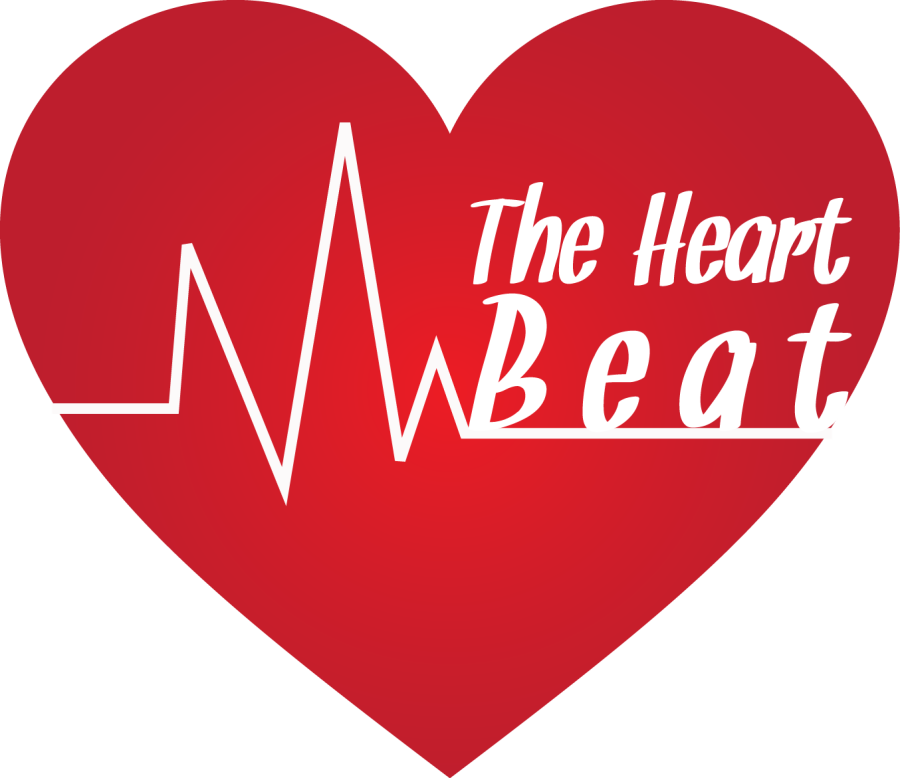Curtis Bovee
Staff Writer
In 2009, America, representing roughly 4 percent of the world’s population, produced 88 percent of the world’s legal amphetamine, Adderall.
Attention deficit hyperactive disorder (ADHD) is a neurologically based behavior disorder characterized by the inability to pay attention, hyperactivity, and impulsive actions.
When diagnosed correctly, individuals with ADHD are prescribed Adderall, an amphetamine which increases dopamine flow to the prefrontal cortex of the brain that is responsible for focusing, problem solving, reasoning, and planning.
Unfortunately, Adderall is increasingly being used as a recreational drug, especially among college students. According to the National Institutes of Health, 1 in 5 college students has admitted to using the drug without having ADHD.
Currently, Adderall is the most abused prescription drug by young adults.
Considered by some to be the academic miracle drug, college students are taking Adderall today due to an inability to “focus” or “concentrate.” Students admit to using Adderall to pull “all-nighters,” helping them cram for exams that they may have procrastinated for.
Sadly, there ain’t no such thing as a free lunch.
Side effects of Adderall are seemingly endless. These include:
• Overdose: contrary to common assumptions, it is relatively easy to overdose on Adderall. Complications of an Adderall overdose are very serious and unpredictable. Results can include cardiac arrest, severe and often irreversible mental complications and even death.
• Addictive: according to the Mayo Clinic, Adderall is the combination of an amphetamine and dextroamphetamine and is extremely addictive. Just like any other amhetamine, Adderall abuse triggers dependence the more it is used, decreasing the likelihood of quitting.


